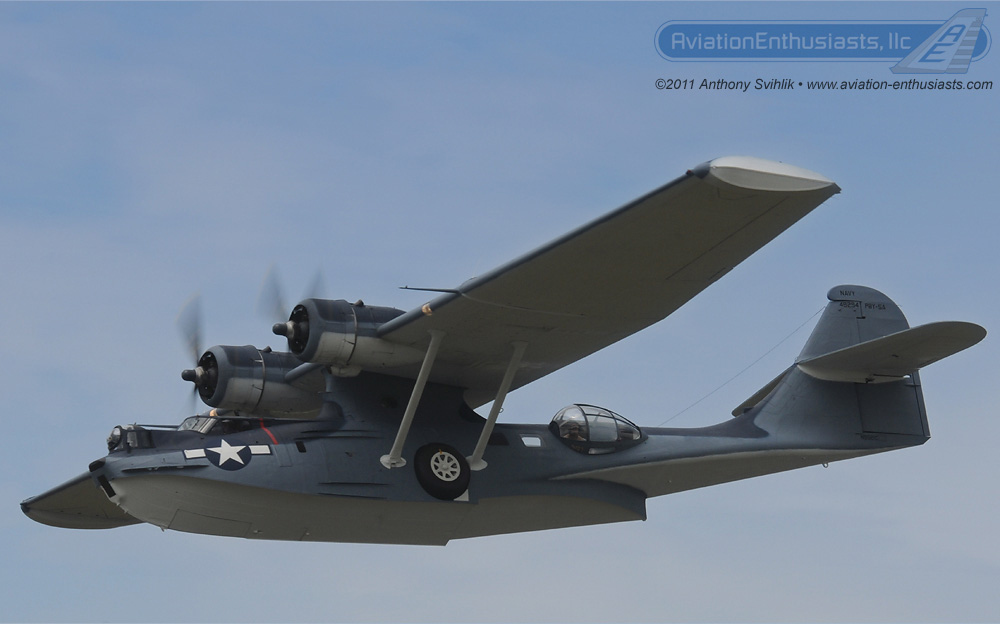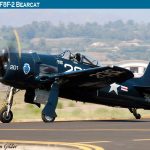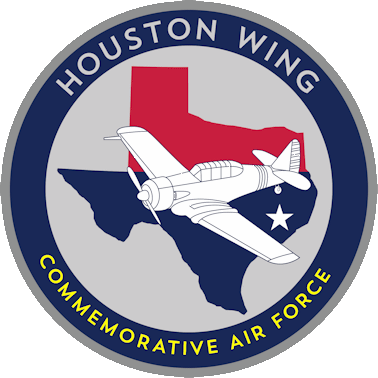
The Consolidated PBY Catalina flew for the first time seventy-nine years ago today. The PBY was named “Catalina” for the resort island off the coast of California by the British, which satisfied the Royal Air Force requirement that aircraft names be representative of the manufacturer. A World War II long-range maritime patrol bomber, the PBY Catalina became famous for its braced parasol wing and seagoing hull and was built in larger numbers than any other flying boat in aviation history! Catalinas were produced either as pure flying boats or as amphibians, with retractable tricycle landing gear. The main landing gear pulled up into wheel wells above the hull line and were left exposed. The large, unobstructed plank-like wing gave the Catalina excellent endurance while outrigger stabilizing floats hinged upward to form the wingtip fairing in flight. The large “greenhouses” on each side of the fuselage could mount heavy machine guns and were perfect for observation. Crew fatigue was often the limiting factor on mission length with pilots being expected to occupy the flight deck for up to 20 hours at a time. The well-loved “Cat” could carry 4,000 pounds of bombs or depth charges at a range of over 2,000 miles to attack the enemy’s fleet and submarines! Catalinas fought on all the world’s oceans and were instrumental in denying the Axis forces the use of the sea. It was a Catalina that first spotted the Japanese fleet approaching Midway Island, which began the Battle of Midway and changed the tide of the war. The aircraft also achieved thousands of rescues in all circumstances throughout the war – a PBY piloted by Lieutenant Commander Adrian Marks rescued 56 sailors from the USS Indianapolis after the ship was torpedoed and sunk on July 30, 1945.
Visit the full website at www.aviation-enthusiasts.com for more aviation and air show memories!






















